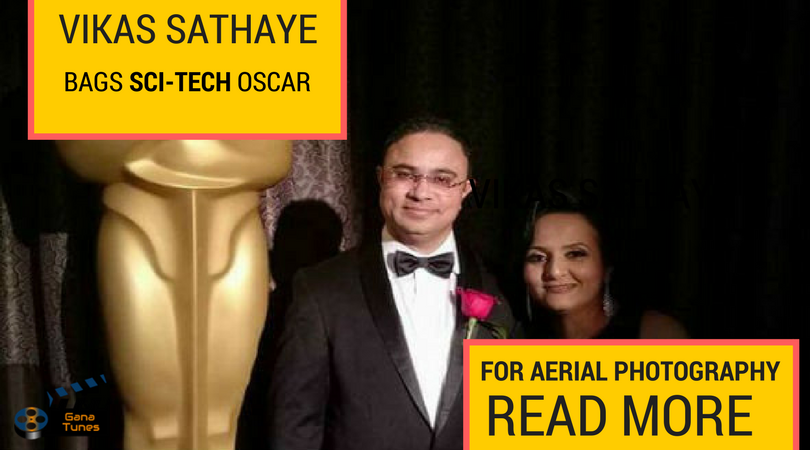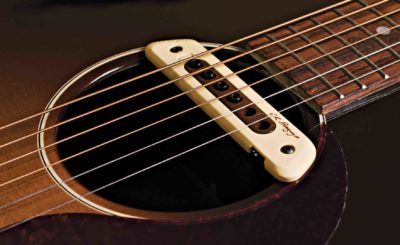Mumbai: Vikas Sathaye, an engineer raised in Mumbai was part of the technical team that was honored with the scientific and engineering award at the Oscars 2018 Scientific and Technical Awards on Saturday.
An Indian engineer Vikas Sathaye, was part of the team that bagged the scientific and engineering award at the Oscars 2018 Scientific and Technical Awards on Saturday for for the concept, design, engineering and implementation of the Shotover K1 Camera System #Oscars2018 pic.twitter.com/fR2ffIJueI
— NewsHour (@Newshour_press) February 12, 2018
Recently, the award ceremony was held at Beverly Hills, California.
All the four members of the team Vikas Sathaye, Brad Hurndell, John Coyle and Shane Buckham were felicitated at the award ceremony.
Indian engineer part of team awarded sci-tech Oscar https://t.co/5pA8oTBStv Vikas Sathaye was among the four awardees who were honoured at the Beverly Hills ceremony for conceptualising and developing the Shotover K1 Camera System. pic.twitter.com/xxSooGepis
— Job Paruthickal (@jobsp90) February 12, 2018
Moreover, the members were appreciated for the concept, design, engineering, and implementation of the Shotover K1 Camera System.
Speaking to the press, Vikas said that in the year 2009, he decided to join a new company known as Shotover Camera systems in Queenstown, New Zealand, where he used to work on the aerial mount.
He said,” One of the reasons to start this company in Queenstown was a natural beauty and stunning scenery which attract a lot of film producers and directors.”
Explaining the functions of the camera, Sathaye said, “The camera mount gets attached to the base of a helicopter, which carries the camera and lens.”
Further, he said,” Its primary function is to eliminate any vibration from reaching the camera and thus getting steady footage.”
“The other function for the camera mount is to move the camera head in the desired direction as required by the camera operator, who sits inside the helicopter and uses a joystick to control the camera head movement,” he added.
2 x RED Weapon Heliums 8K, PhaseOne 100mp medium format single Weapon 28-340mm = SHOTOVER K1 #Shotover #TenthirteenAerialFilm pic.twitter.com/mvRak55ryu
— Tenthirteen (@Tenthirteen1) May 22, 2017
While Shotover founder John Coyle said, “It’s the latest and greatest camera system for aerial photography for the movies.”
The Shotover K1 Camera System has provided Hollywood’s top cinematographers and directors stunning new aerial shots for major films including Guardians of the Galaxy Vol. 2, Kong: Skull Island, Dunkirk, and the upcoming Jurassic World: Fallen Kingdom.
Check out the latest news updates, here






